The #1 FITNESS predictor of a longer, more productive life is your cardiovascular fitness http://circ.ahajournals.org/content/107/1/e2 . Yet, when I ask client’s or students if they regularly perform cardio, the response is 50% I hate cardio – 50% I love cardio. Whether you love cardio or not, are training for sport, calorie deficit, recovery or health, it’s time you jump on the cardio bandwagon. The current model for programming the cardiorespiratory system (CRS) is FITTE. In the 90’s the model was FITT. Since that time, our understanding of psychology & behavior modification (i.e. Enjoyment) and the science of Recovery have improved significantly. Because of this, my version of the acronym includes the elements ER, which ironically is the exact place cardio will keep you from seeing J. A FITTER CRS is the essential to your success to function in life, sport and fitness.
Problem(s):
- Research clearly shows that social media, TV and general “busyness” are taking up a larger percentage of our 24hr day.
- Research clearly shows that sitting and automation are taking up more of our lifetime. These no intensity activities are incongruent with high velocity, high metabolic demand workouts. Therefore, we spend most of our day and lifetime being inactive (as I am now typing this out L) and then attempt to combat is with shorter, more intense forms of activity.
- Obesity is an epidemic throughout North America. The outcome of poorly constructed foods & long periods of inactivity is a slower metabolism, lower metabolic cost to food absorption, greater conversion to fat, and inflammation leading to disease.
Solution(s):
- Get up and move. According to the NASM CPT textbook, this should be minimally 240 minutes a week at a moderate intensity or 120 minutes of HIIT style cardio. I recommend more frequent doses of purposeful training Vs 2 or 3 longer training doses (see pt 2). See Rx below for specific amounts and dosage suggestions.
- Move more frequently (but don’t forget the need to rest J). The more often you stimulate your metabolism, the more likely you are to develop the enzyme pools and muscle required to keep your metabolism in tip top shape.
- Cardio isn’t just running biking and swimming. All activity creates a CRS demand. If you consider cardio 1 part of an integrated training week / session you can also train it via other forms of movement. Warm-up / stretch, balance, core, SAQ / plyometrics & resistance training all create different opps. to train the CRS. Every one of these activities have been shown to improve longevity and quality of life (i.e. health), and therefore can become part of your cardiorespiratory program.
- Time is the #1 excuse to avoid:
a. Simple fix – put you 1st and make exercise the priority in the am. I know it’s hard, especially with kids etc. Either, beat them out of bed (good luck), make them part of your regime or leave the significant other in charge for 30 min while you get after it. Or better still, if you can afford it find daycare.
b. Find something close. Regardless if you love activity XYZ, if the distance is preventing you from doing it, change it. Moving sucks, but within weeks it feels like home.
c. Put it in your schedule, and set your phone alarm 1 hr. ahead. Behavior modification isn’t easy so you need a plan that works for your schedule. Make sure everyone knows (boss, friends, sig other) when this is. They will start to hold you accountable, especially when they realize your happiness level has improved significantly. Unless it is 5am, the 1 hr prior alarm lets you finish anything imp. and get your ass in gear



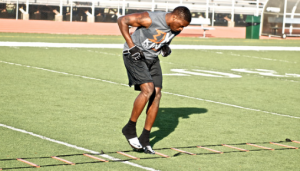
5. In beautiful British Columbia, some of my favorite ways to deliver moderate intensity cardio are stairs, walking hills, power walking along a beach, low to medium repetition resistance training, medium velocity speed ladder drills at the track, rollerblading, biking, speed cleaning my house, playing recreational tennis, kickboxing technique work, flow & Bikrams yoga. My favorite forms of HITT training include: trail running, swimming, rowing, circuit weight training, high velocity SAQ drills (speed ladder drills), kickboxing / MMA training, squash, hockey with a short bench, loaded movement training (using Bulgarian bags, medicine balls, kettlebells, ViPR, indian clubs). But, literally anything can be adapted to FIT the intensity levels listed below.
6. Do something you love = enjoyment… Cardio can be anything you love performed at a sufficient heart response, for a sufficient duration, at any time of day that works for you. Dance, flow yoga, or playing catch with the kids. Perform reaction drills with your kids, play a recreational sport, push a car in and out of your driveway (yup that’s what I did as a teenager…I hated cardio, so I found strongman type ways to integrate it). Once you have figured out your solutions, you then need to get it done. Understanding a little science can help take it to the next level. But, do not let the science stop you from starting. Remember, just move. If it’s overwhelming, any fitness instructor worth a dime is capable of putting you on an individualized cardio program. But, don’t expect it for FREE. It’s important they create a highly individualized training program specifically for you. Often cardio is a throw in to the resistance training program. If that’s the case, don’t expect a trainer to put their “heart” into getting your heart into shape. No trainer, no problem. You can use the links below to figure out your training zones. The 3 min step is reliable, valid and easy to execute on yourself.
Frequency, Intensity & Time:
Assessment:
– there is a table at the end of this video telling you what zone you are in
- Max HR: Take that info & calculate HR. HR = 220 – minus your ages
- I suggest the following method to
- Multiply that number by .6 .7 .8 .9
- create for 4 training zones 60-70% of max, 70-80, 80-90, 90+
- Rules
- Beginner: Subtract 10 if you have not been exercising.
- Intermediate: Subtract 0 if you have been exercising 2 to 3 times per week for the past year.
Advanced: Add 10 if you have been exercising 4 times per week for the past few years.
Rx: Zones can vary.
Basically there are 3 styles of training sustainable (zone 1 -2), barely sustainable (upper zone 2 & low 3), & non sustainable (mid zone 3 & up).
- Beginners = Zone 1 and 2 with corrections above
- Intermediate = Zone 1,2, low 3 no corrections
- Advanced = all zones varied throughout the week
Moderate intensity (zone 1 – 2)
- 60 – 80% of Max Heart Rate) for 240 min / wk
- 4×60 min or 6×40 min / wk
High Intensity HITT style movement (zone 3-4)
- 80 – 90+% of Max Heart Rate for 120 min / wk
- 4×30 min, max 2 days in a row
Frequency & Type – Cardio is a Fullbody Activity: everybody thinks of cardio as a leg dominant event. Well, the arms are very important for life, fitness and performance. Beyond the arms and legs, we should remember that they are linked through the core. Why is that important towards prescribing cardio. While the biggest metabolic bang for your buck are full body activities like rowing, swimming, circuit weight training & functional resistance training (i.e. CrossFit), arm dominant training has multiple important, but often neglected benefits. It’s complicated but here are a few good reasons to oxygenate your arms:
- In sport I have a saying, “the arms lead the legs”. The core and arms actually activate prior to and drive the legs during crawling, walking & running. If you want to improve your running, walking & core efficiency try an arms first training program.
- The arms can drive the heart as much as running and other forms of leg dominant cardio. Try battle ropes, arms only swimming or boxing for 30 to 60 seconds / interval and watch your heart rates and rate of exertion elevate beyond your expectations J
- Muscles need recovery – Give your legs are break. If your cardio is always lower body dominant, your muscles are going to tire which increases your productivity and risk of injury. If you like high intensity training try giving your legs a rest with these upper dominant suggestions.
Rx:
Moderate intensity
- 60 – 80% of Max Heart Rate) for 60-80 min / wk. (ideally broken into 1-2 sessions / wk.)
- 80 – 85% (ideally broken into 2-3 sessions of 20-24 min / wk)
o 2-3 min work w 2-3 min active rest = stretching, core, balance (i.e. 4-5x intervals)
o Can be a series of movements linked into 20-30sec chunks nonstop until interval is complete.
o Should be struggling to maintain speed at end
High Intensity HITT style movement
- 60 – 80% of Max Heart Rate) for 60-80 min / wk. (ideally broken into 1-2 sessions / wk.)
- 85 – 105% of Max Heart Rate for 30-40 min / wk. (ideally broken into 2-3x 10-15min)
o 20-90sec intervals x #reps to generate total time above (i.e. 10x 60sec/interval)
o 2x more rest than work
o Speed should begin to drop at the very end of the interval
Type: intervals – burn fat while you rest!
Ever seen a soft sprinter or bodybuilder? Beyond genetics, nutrition and food intake, the major reason for them being ripped without doing cardio is that fat burns during the rest between sets and sprint reps; therefore, they are constantly performing fat burning intervals without doing it knowingly. It’s a simple recipe for fat burning success, more motor units activated plus rest between work bouts = more fat burning, inches lost and weight dropped. No, you’re not reading a late night Info Blog. Interval training is all the pound shedding rage, even amongst fitness competitors. While all forms of moderate intensity exercise are better at burning fat and improving your cardio conditioning better than lower intensity exercise. Yup that’s right, that slow, fasted, snooze fest, cardio crap most people put themselves through every morning before the crack of dawn isn’t as effective as eating a well-balanced, whole foods meal and turbo charging your morning cardio #fatburningfallacy. Additionally, more than ever, when interval junkies do them, they often don’t rest enough. Why?? A big reason is the advent of WODS and Tabata based training. Both encourage use of the aerobic system (i.e. moderate cardio heart rates using semi continuous activity) versus non continuous, higher peak heart rates, stop and go interval activity.
The issue for low intensity fat burning is 2-fold:
- Firstly, fat doesn’t burn effectively at WOD & Tabata intensity – it’s mostly carbs!!
- Secondly, fats only take over when the energy is being used a very low intensity. This might lead you to believe that low intensity, fasted cardio is effective at burning fat. It is, but it takes an ungodly amount of time to burn the same amount of fat and intervals in a 1/3rd of the time. Enable
Rx: This style of training is not for new to fitness #beginners. Beginners should build their aerobic base as indicated above. The intensity preferentially burns fat during exercise, but less calories per minute.
Moderate intensity (more than 4 weeks experience on a fitness program)
- 75 – 85% of Max Heart Rate for 3-5 x 3min on 3min off
- 2-3x / wk. for 15-25 min
High Intensity HITT style movement
- 80 – 95% of Max Heart Rate for 30-40 min / wk.
- 2-3x 10-15min
- 30-90sec intervals x #reps to generate total time above (i.e. 10x 60sec/interval)
NB* the rest between bouts of mod-high intensity work are key for fat burning. Carbohydrates / blood glucose are being called upon to help restore previously used ATP (the cellular energy of the body). Fat can’t replenish the ATP required for this level of activity, so it’s the perfect substitution & is preferentially mobilized during the recovery periods. So, work hard, rest hard to burn fat. Bonus, the workouts burn more fat, burn nearly as many calories in way less time and aren’t nearly as difficult to battle psychologically.
Here’s the simple rule: higher average HR’s = more calories burned per min of activity.
Walking = 3-6 calories / min, Steady State Running = 5-10 cals / min, Multidirectional Intervals = 6 – 14 cals / min. Females, due mostly to overall amount of muscle mass is generally less than males. If you really want to torch calories, this is one of the most effective training programs I have ever used (Note: not for beginners)
Type:
- multidirectional intervals – speed, agility training can and should be performed by the young, athlete and old alike.
- Bounce – perform activities that recruit your springs and require propulsion off the ground (even if it is a low degree of propulsion like yoga)
- Perform a variety of activities. Use your arms as well as your legs (i.e. striking / boxing, battle ropes, arms only swimming, upper body ergometer, & battle ropes all dominantly use the upper body)
- Do something you like (see above and below pts)
Enjoyment: employ the 70 – 30 rule to designing cardio programs. We often forget the psychology of fitness. The best way to make sure someone moves from couch & internet surfing into a cardiovascular machine is to find something they like doing. Once the habit of exercise has been established, programming can expand to include all kinds of cardio, often well outside their previous comfort zone. The Stages of Change model predicts that it will take approximately 6 months for this transition from actively (stage 4) being engaged in change and establishing a behavior they want and feel obligated to maintain (stage 5). In the action phase, program 70% of the activity based on like and 30% on the FITT principle. In the maintenance flip those #’s around.
Recovery: Cardio can help you recover.
There are 2 types of recovery. Recovery between sets (rest interval) and recovery between sessions of exercise. Both need to be optimized….cardio can help both.
The CRS is essential to recovery. Finish your workouts in less time, train more often & develop less disease with a better heart. An efficient, strong heart and cardiovascular system drives and muscularly extracts more blood carrying nutrients & oxygen. Think of a stronger heart as the most powerful antioxidant on the planet – no supplement required.
- Athletes have long understood that a strong cardiovascular system helps them recover more quickly (shorter rest interval) between bouts of high intensity activity (this is sometimes referred to as RSA = Repeated Sprint Activity in the research).
- Many fitness goers, pro athletes & amateur athletes now perform moderate intensity cardio and mobility training after competition or intense workouts in order to:
- reduce recovery time
- flush fluids towards the heart
- stimulate the parasympathetic system which is designed to improve blood flow to the internal organs, glands and digestion systems. Once this occurs digestion of essential macronutrients can occur, allowing repair to begin.
The faster someone recovers from their last effort, the quicker they can start the next. The icing on the cardiovascular cake – those with higher Vo2 Max scores (a measure of cardiovascular fitness), develop less disease than their non-fit counterparts. Not a fan of cardio – try SAQ training or my tips for integrating the upper body above.
Regardless of your goal & level of commitment, cardio is the life blood of sport, fitness, longevity, performing activities of daily living and enjoying a high quality of life. Above are a few great tools to make that happen. That being said, if getting FITTER was easy, everyone would be. If you are lifelong learner, want more fitness articles or possibly a career in fitness, register for our next course https://bcpti.snclubs.com/
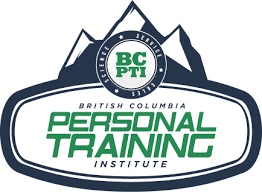

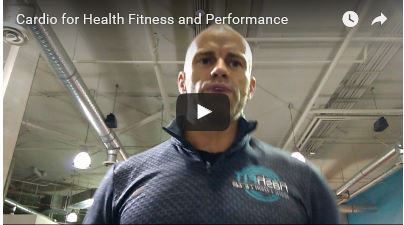
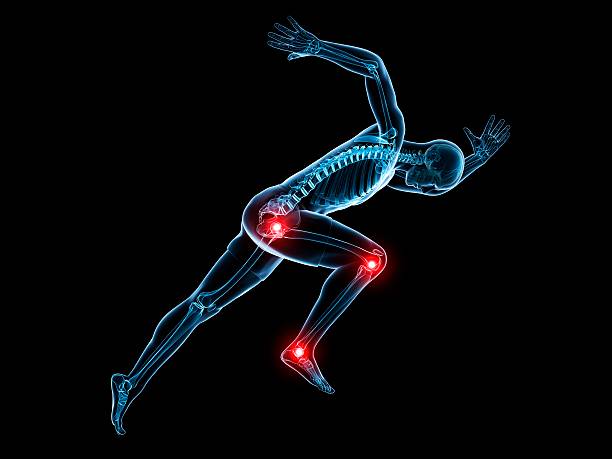

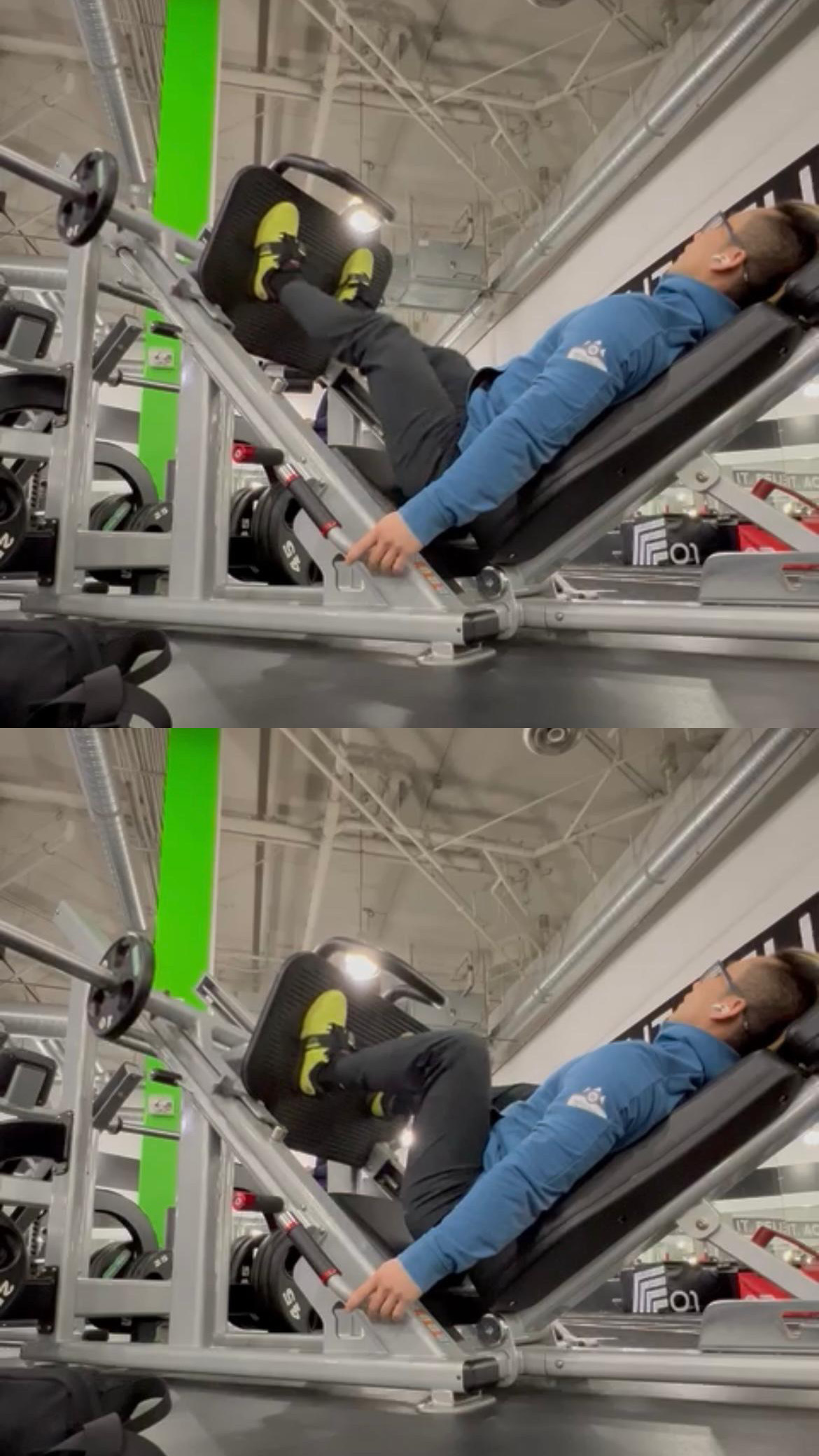
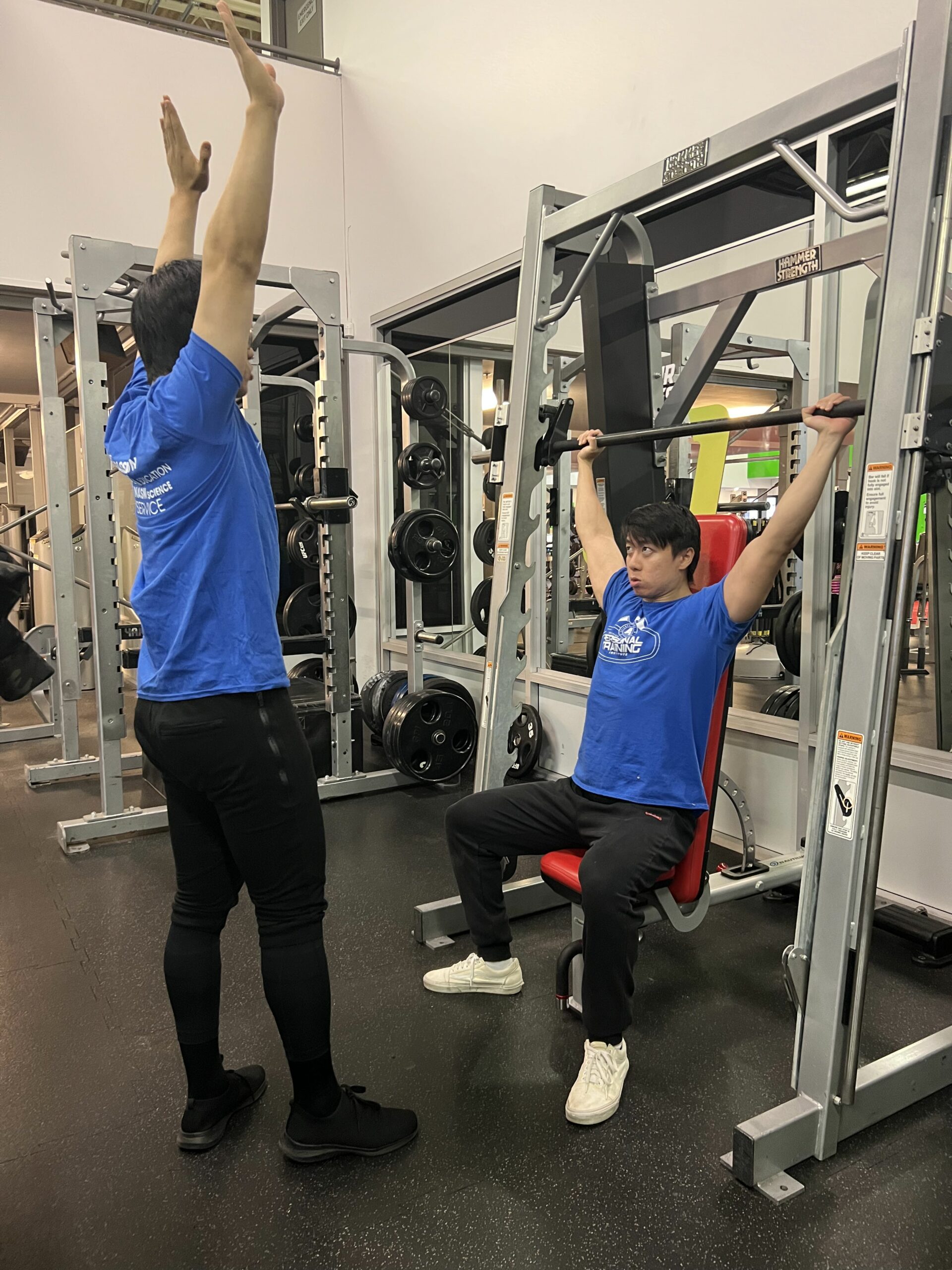
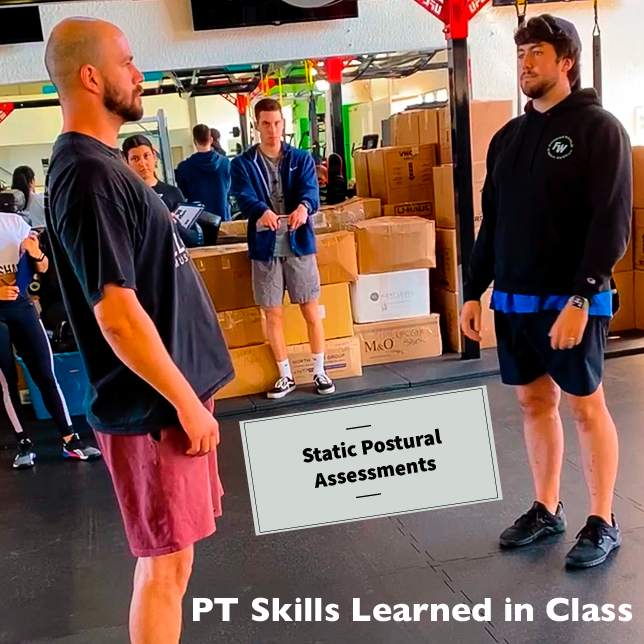
Leave A Comment